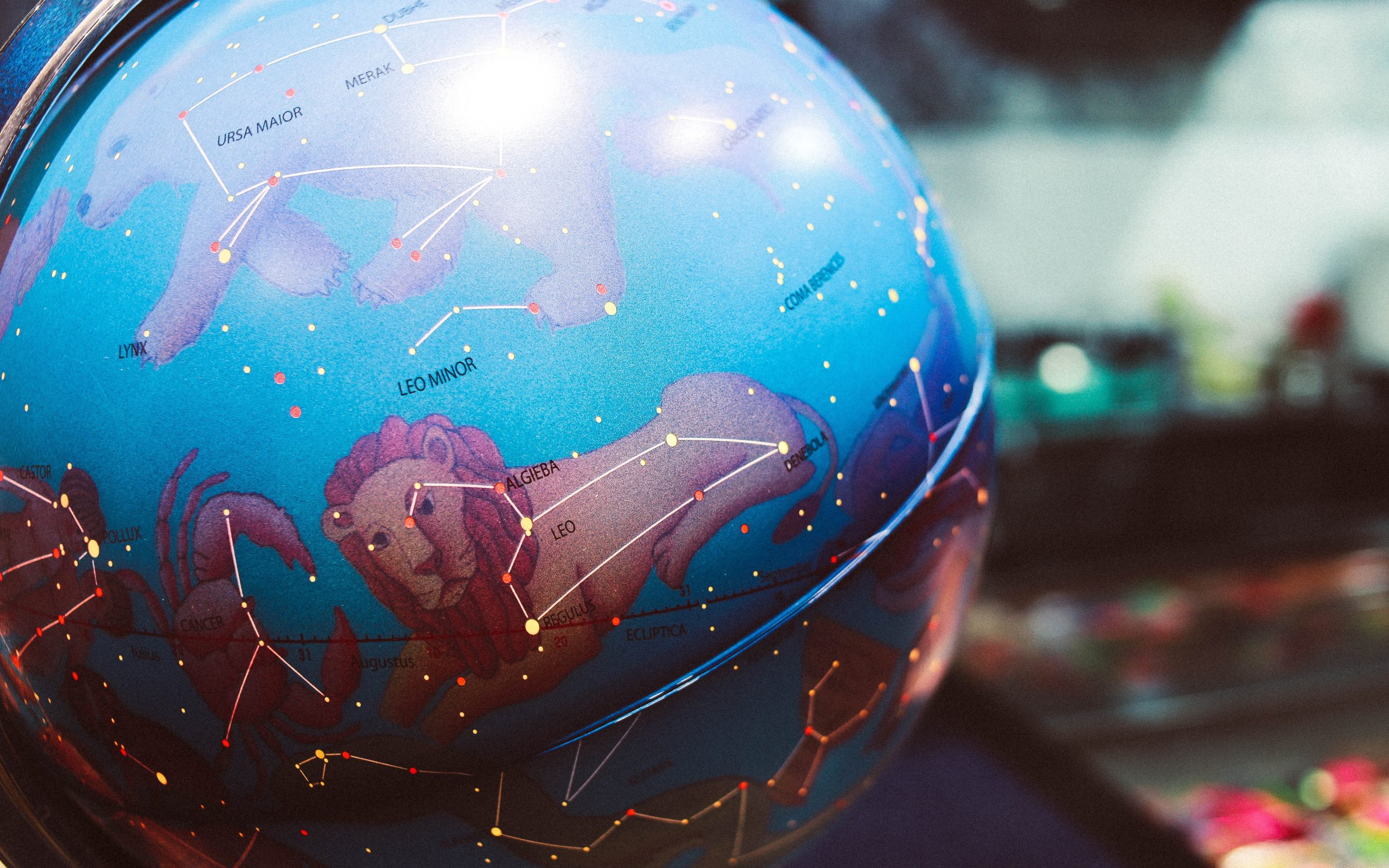The Moon and Tides: An In-Depth Look at the Connection
The mesmerizing beauty of the moon has fascinated humanity for centuries. From ancient mythologies to modern scientific discoveries, the moon holds an undeniable allure. One of its most intriguing phenomena is its influence on Earth’s tides. In this article, we will delve into the intricate relationship between the moon and tides, exploring the science behind this natural phenomenon.
Understanding Tides
Before we can comprehend how the moon affects tides, let’s start by understanding what tides are. The tides are the rise and fall of sea levels caused by the gravitational pull of celestial bodies, primarily the moon and the sun, on the Earth’s oceans. Although the sun’s gravitational force also contributes to tides, the moon’s influence reigns supreme due to its proximity to our planet.
Gravitational Pull of the Moon
The moon’s gravitational force plays a vital role in the formation of tides. Despite being nearly 240,000 miles away from Earth, the moon exerts a significant pull due to its mass. The force of gravity decreases with distance, which means the side of the Earth closest to the moon experiences a stronger gravitational pull than the side furthest away.
This gravitational imbalance results in a phenomenon called tidal bulges. Tidal bulges occur on both the side closest to the moon, known as the near-side tidal bulge, and the opposite side, known as the far-side tidal bulge. These bulges cause the oceans to deform slightly, leading to tidal patterns.
Types of Tides
Tides can be classified into several types, including spring tides, neap tides, and mixed tides. Understanding these variations further deepens our understanding of the moon’s impact on tides.
Spring Tides
Spring tides are the result of the combined gravitational forces of the moon and the sun. They occur when the Earth, the moon, and the sun are aligned in a straight line, creating a syzygy. During these times, we observe higher high tides and lower low tides, resulting in a large tidal range.
Spring tides are not named after the season but are derived from the Old English word “springan,” meaning “to rise.” These tides “spring up” owing to the increased gravitational force exerted by both celestial bodies in alignment.
Neap Tides
Neap tides, on the other hand, have the smallest tidal range. They occur when the gravitational forces of the moon and sun are perpendicular to each other, resulting in a quadrature. Neap tides happen during the first and third quarter phases of the moon.
During neap tides, the gravitational pull of the sun partially cancels out the gravitational pull of the moon—resulting in weaker tides. These tides are named after the Old English word “neap,” meaning “scant” or “little,” due to the smaller difference between high and low tides.
Mixed Tides
Mixed tides occur when tidal bulges generated by the moon and sun don’t align with the Earth’s geographical features. As a result, the tidal range varies significantly at different locations around the world. Some areas may experience higher high tides, while others have lower high tides compared to the average tidal range.
The Role of Earth’s Rotation
While the moon’s gravitational pull is the primary driver of tides, Earth’s rotation also contributes to this natural phenomenon. As our planet rotates, the oceans’ water levels rise and fall due to the gravitational effects of both the moon and the sun.
In a 24-hour period, there are typically two high tides and two low tides. As a specific coastal region rotates towards the tidal bulge, it experiences a high tide. As it rotates away, a low tide occurs. This regular oscillation of tides is influenced by the combined effects of the gravitational forces of the moon, sun, and Earth’s rotation.
Local Factors Impacting Tides
Although the moon is the primary force behind tides, several local factors also influence the magnitude and timing of tidal patterns. These factors include the shape of coastlines, water depth, channel constrictions, and prevailing wind patterns. Nearshore topography and seabed features also contribute to variations in tidal patterns across different regions.
For example, in areas with narrow bays or estuaries, tidal range can be amplified due to the constrictions. Conversely, regions with expansive coastal shelves may experience significantly smaller tidal ranges.
Moon Phases and Tides
Moon phases, caused by the changing positions of the moon, sun, and Earth, also impact tides. As the moon orbits the Earth, it goes through different phases, including new moon, first quarter, full moon, and last quarter.
During the new moon and full moon phases, spring tides typically occur. These are the times of the highest high tides and the lowest low tides. Conversely, during the first and last quarter phases, neap tides occur, resulting in the smallest tidal ranges.
The Moon’s Effect on Human Life
The moon’s influence on tides extends beyond its scientific impact—it has implications for various aspects of human life as well. For centuries, coastal communities have relied on tidal patterns for fishing, navigation, and even agricultural cycles.
In recent times, the moon’s connection to tides also plays a role in recreational activities such as surfing and sailing. Knowledge of the tides is critical for water sports enthusiasts, as it helps them plan their activities around optimal tidal conditions.
In Conclusion
The moon’s gravitational pull is the primary force responsible for the mesmerizing ebb and flow of tides. This complex relationship between the moon and tides is a testament to the delicate balance in our celestial neighborhood. Understanding the intricacies of this connection not only deepens our appreciation for the moon’s beauty but also reveals the incredible influence it has on our everyday lives.
Table of Contents
